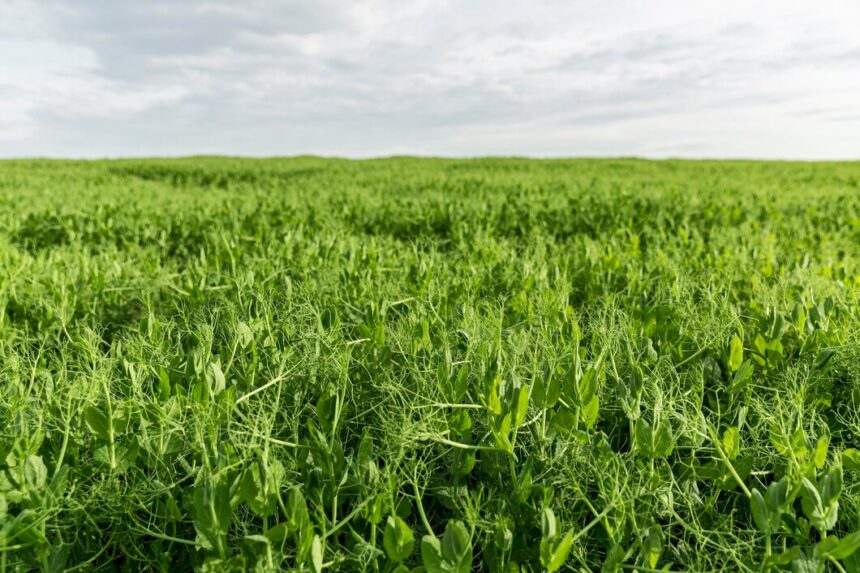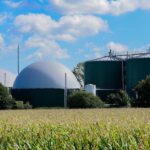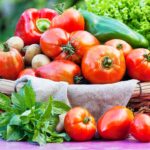As climate change, soil degradation, and biodiversity loss become increasingly urgent concerns, traditional farming methods are being reconsidered. South African farmers, facing challenges such as unpredictable weather patterns, soil erosion, and decreasing crop yields, are looking for sustainable alternatives. Regenerative agriculture has emerged as a viable solution to these challenges, offering long-term sustainability while improving the health of the land. This article provides an introduction to regenerative agriculture and explains how South African farmers can benefit from adopting its principles.
What is Regenerative Agriculture?
Regenerative agriculture is an approach that goes beyond sustainable farming by actively seeking to improve and restore ecosystems through agricultural practices. It focuses on rebuilding soil health, enhancing biodiversity, and strengthening the resilience of farming systems against environmental changes. Unlike conventional agriculture, which often depletes resources, regenerative practices aim to restore natural ecosystems and leave them healthier over time.
Key Principles of Regenerative Agriculture
- Minimizing Soil Disturbance
Traditional farming practices like plowing and tilling disturb the soil structure, leading to erosion, loss of organic matter, and reduced soil fertility. Regenerative agriculture emphasizes minimal soil disturbance, using techniques such as no-till farming or reduced tillage. This helps preserve the soil’s natural structure, retain moisture, and enhance its ability to store carbon. - Maintaining Soil Cover
Bare soil is vulnerable to erosion, water loss, and temperature fluctuations. One of the key regenerative practices is to maintain permanent soil cover through cover crops, mulching, or leaving crop residues on the field. In South Africa, cover crops like legumes and grasses can protect the soil from the harsh sun, reduce water evaporation, and prevent erosion caused by heavy rains. - Diverse Crop Rotations and Polycultures
Monoculture, the practice of planting a single crop season after season, depletes soil nutrients and encourages pest outbreaks. Regenerative agriculture encourages diverse crop rotations and polycultures (growing multiple crops together) to improve soil health, break pest cycles, and reduce the need for chemical inputs. In South Africa, rotating crops like maize, beans, and sunflowers can enhance biodiversity and improve soil fertility. - Integrating Livestock
Livestock play a crucial role in regenerative systems by contributing to nutrient cycling and soil fertility. Practices such as managed grazing or rotational grazing mimic natural animal movements, allowing the land to recover between grazing periods. South African farmers, particularly in regions like the Eastern Cape and KwaZulu-Natal, can benefit from integrating livestock into their cropping systems by increasing soil organic matter and promoting natural grass regeneration. - Building Soil Organic Matter
Healthy soils with high organic matter content are essential for water retention, nutrient availability, and crop productivity. By adding organic matter through compost, cover crops, and reduced tillage, farmers can increase the carbon content in the soil, enhancing its ability to retain moisture and nutrients. In arid and semi-arid regions of South Africa, improving soil organic matter can help mitigate the effects of drought and enhance crop resilience. - Promoting Biodiversity
Regenerative agriculture encourages the creation of diverse ecosystems both above and below the soil. This includes promoting plant diversity, introducing beneficial insects, and enhancing microbial life in the soil. In South Africa, where biodiversity is already rich, incorporating native plants, trees, and animals into the farming system can lead to healthier, more resilient ecosystems.
Benefits of Regenerative Agriculture for South African Farmers
- Improved Soil Health
Regenerative practices improve soil fertility by increasing organic matter, enhancing nutrient cycling, and improving soil structure. Healthier soils mean more productive crops and reduced need for synthetic fertilizers, which are both costly and environmentally harmful. - Water Conservation
South Africa faces significant water scarcity, especially in regions like the Western Cape and Northern Cape. Regenerative practices like cover cropping, mulching, and no-till farming help retain moisture in the soil, reducing the need for irrigation and helping crops survive during dry periods. - Enhanced Climate Resilience
As weather patterns become more erratic due to climate change, regenerative agriculture helps farmers build resilience. Practices like increasing soil organic matter and integrating livestock strengthen the farm’s ability to withstand droughts, floods, and temperature extremes. - Increased Biodiversity
Regenerative agriculture enhances biodiversity, which can naturally reduce pests and diseases, reducing the need for chemical pesticides. By encouraging pollinators and beneficial insects, South African farmers can also improve crop yields while reducing their reliance on harmful chemicals. - Carbon Sequestration
One of the most significant global benefits of regenerative agriculture is its ability to sequester carbon in the soil. By increasing soil organic matter, farmers can capture and store atmospheric carbon, helping mitigate climate change. This aligns with South Africa’s commitment to reducing greenhouse gas emissions. - Economic Benefits
Although regenerative agriculture may require an initial investment in terms of knowledge, training, and new practices, it can result in long-term savings. By reducing the need for chemical inputs like fertilizers and pesticides, farmers can lower their production costs. Additionally, healthier soils and more resilient crops can lead to better yields and improved profitability over time.
Steps for Transitioning to Regenerative Agriculture
Transitioning from conventional to regenerative agriculture can be a gradual process. Here are steps South African farmers can take to begin their journey:
- Start Small: Begin by experimenting with regenerative practices on a small portion of your farm. This allows you to see the results without risking your entire operation.
- Cover Cropping: Introduce cover crops during the off-season to protect and enrich your soil. Legumes like clover or beans can fix nitrogen, improving soil fertility.
- Reduce Tillage: Experiment with reducing or eliminating tillage. No-till drills or manual planting methods can help protect soil structure and organic matter.
- Integrate Livestock: If possible, incorporate livestock into your farming system through rotational grazing. This can help improve soil fertility and enhance biodiversity.
- Seek Knowledge and Support: Regenerative agriculture requires a shift in mindset and practices. Seek out educational resources, attend workshops, and connect with other farmers who are practicing regenerative methods. Many organizations in South Africa, such as Regenerative Agriculture Association of South Africa (RAASA), offer training and support.
Regenerative agriculture offers a promising future for South African farmers who are looking to enhance soil health, improve water conservation, and build resilience to climate change. By adopting regenerative practices, farmers can contribute to the restoration of ecosystems while enjoying long-term benefits like improved crop yields, reduced input costs, and a more sustainable way of farming.
As the agricultural landscape in South Africa continues to evolve, regenerative agriculture provides a pathway toward a more resilient, sustainable, and productive future.
Join 'Farmers Mag' WhatsApp Channel
Get the latest Farming news and tips delivered straight to your WhatsApp
CLICK HERE TO JOIN






